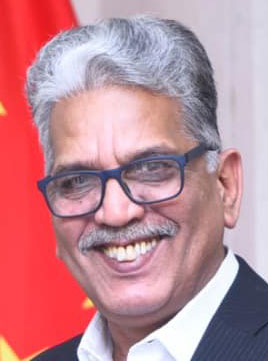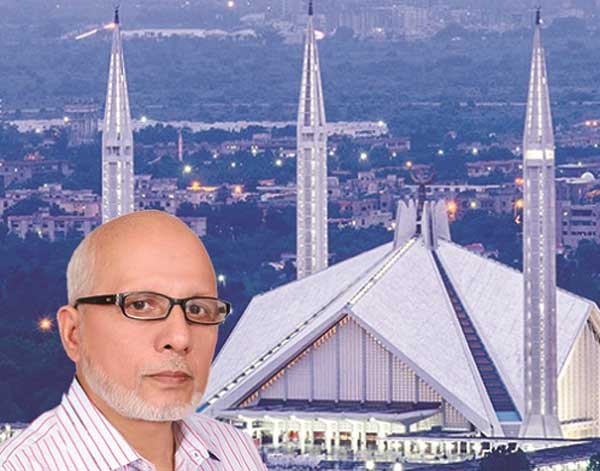China’s National Day, also known as the founding anniversary of the People’s Republic of China, is a momentous occasion that brings together people from all walks of life to commemorate the birth of the nation. Celebrated on October 1st each year, this holiday is an opportunity for Chinese citizens to reflect on their country’s remarkable journey towards unity, prosperity, and development. The National Day in China is celebrated with various large-scale official ceremonies and activities, like the military review on Tiananmen Square, parades, firework displays and TV shows taking stock of the year that passed.
China’s National Day marks the anniversary of the founding of the People’s Republic of China on October 1, 1949, when Chairman Mao Zedong proclaimed the establishment of the People’s Republic in Tiananmen Square in Beijing. This event marked the end of decades of civil war and foreign occupation, ushering in a new era of independence and self-determination for the Chinese people.
The day begins with a grand flag-raising ceremony at Tiananmen Square in Beijing, where the national flag of China is hoisted with great solemnity. Thousands of spectators gather to witness this impressive spectacle, and the event is often televised across the country. The flag-raising is accompanied by the playing of China’s national anthem, “March of the Volunteers,” evoking a sense of unity and pride among the attendees.
One of the most visually striking aspects of China’s National Day celebrations is the military parade that takes place in Beijing. The parade showcases the strength and modernization of China’s armed forces and is attended by top government officials and foreign dignitaries. It serves as a reminder of China’s commitment to defending its sovereignty and maintaining peace and stability.
In addition to the military parade, there are often civilian processions and parades in cities across the country. These events feature colorful floats, traditional performances, and displays of Chinese culture and history. People of all ages participate in these parades, proudly showcasing their local customs and traditions.
The evening of National Day is marked by breathtaking fireworks displays in major cities across China. These displays light up the night sky with dazzling colors and patterns, creating a festive atmosphere that captivates both residents and visitors. Families often gather to watch the fireworks together, and the sight of the night sky ablaze with brilliant explosions is a symbol of hope, joy, and national pride.
In addition to the official ceremonies and parades, National Day is an opportunity for people to engage in various cultural activities. Museums and historical sites often offer free or discounted admission, allowing citizens to explore their nation’s rich heritage. Cultural performances, such as traditional music and dance shows, are held in parks and public spaces, bringing communities together in celebration.
National Day is a time for Chinese citizens to display their patriotism through various means. Many people choose to wear clothing featuring the national flag or symbols of China. Buildings and streets are decorated with banners, lanterns, and other patriotic decorations, creating a festive and unified atmosphere throughout the country.
Some Developments in China during the Xi Jinping Era
As China commemorates its 74th founding anniversary, the nation acknowledges the pivotal role played by Paramount Leader Xi Jinping in propelling the country’s rapid development. Xi assumed the roles of General Secretary of the Communist Party of China (CPC) and Chairman of the Central Military Commission in November 2012, followed by his election as President of China in March 2013.
Anti-Corruption Drive: One of the hallmark features of Xi’s presidency has been his high-profile campaign against corruption, aimed at eradicating corruption within the Country.
Economic Restructuring: Xi’s administration pursued an agenda focused on reforming and rebalancing China’s economy. This entailed reducing dependence on exports and investments while fostering domestic consumption and innovation.
Belt and Road Initiative (BRI): In 2013, Xi Jinping launched the ambitious BRI, a global initiative for infrastructure development and economic integration aimed at connecting China to the world through an extensive network of roads, railways, ports, and other vital infrastructure.
Modernization of the Military: During Xi’s tenure, significant investments were made in the modernization and expansion of the Chinese military.
Poverty Alleviation: Under Xi’s leadership, China made substantial strides in poverty alleviation, with the government, that over 900 million people were lifted out of poverty.
Challenges Posed by the COVID-19 Pandemic: The emergence of the COVID-19 pandemic in late 2019, originating in China, presented a significant challenge for Xi’s administration. China implemented stringent measures to contain the virus, attracting international scrutiny over its handling of the outbreak.
Celebrating unity and prosperity: How China marks National Day




